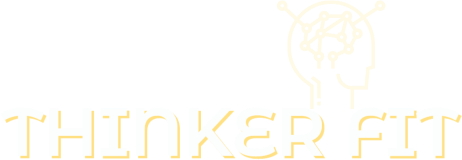
Music is powerful. Research has shown that learning to play an instrument at an early age can benefit children socially, academically, and emotionally. The same is true for special needs children, who may even benefit therapeutically from the arts. Here are some ways you can get your child involved.
Benefits of Learning an Instrument
Many children with special needs have difficulty with fine motor skills. A good music instructor will patiently help your child learn to control each finger in order to make sounds on their instrument. Unlike traditional therapeutic methods, music therapy can provide an immediate boost to your child’s confidence. Even if your child experienced difficulty placing his fingers in the right configuration, the joy of creation and of being able to hear the result on his instrument can greatly benefit his self-esteem.
A side effect of this boosted confidence is that a music room with multiple options can help give your child the opportunity to make a choice. Children with special needs often seek out opportunities to control their environment, and picking out an instrument is a way for them to express themselves. In some cases, for less verbal children, the process of choosing an instrument for the day can help them communicate without needing to speak.
Children with learning disabilities also tend to get great joy from sensory play, even if they are more susceptible to sensory overload. Playing an instrument offers a wide array of experiences, from touch (like the feel of a saxophone’s buttons, the metallic roughness of a guitar’s strings, or the smooth wood of a violin) to sound (like brassy trumpets and moody, rich cellos). Learning the different instruments and comparing the sounds they create can be another way for your child to express himself and be educated in the process.
Finally, music classes are inherently social. Music becomes more enjoyable when it’s made with others, and as a nonverbal method of communication, it can help to create deep bonds between friends. Making music also helps develop both sides of the brain and increases attention spans.
Choosing the Right Instrument
Choosing the right instrument for your child is a major decision. Factor in their personality and preferences as well as their physical characteristics. For example, learning the piano provides a solid musical foundation, but it will take a long time before your pianist will be able to play with others. String instruments often provide more opportunities for group play right out of the gate and are frequently taught in group settings at the beginner level. Be sure to notice the characteristics of the instrument; while violins come in a range of sizes suitable for children of all ages, tubas and bassoons are tall and bulky, so they may not be the best choice for a small child.
All of this is secondary, though, to your child’s preference. Try taking your child to a music store or a room with plenty of examples, and let him browse. See which instrument he is drawn to, and if possible, ask the teacher or music store employee for a test run.
Developing Spatial Awareness through Dance
The other arts are also powerfully effective in helping children with special needs. Dance, in particular, can be wonderful for children with limited spatial awareness. Dance is all about knowing the feel and flow of one’s body, and familiarizing your child with different movements is one way to develop basic motor skills in a safe, fun environment. Dance is also another means of nonverbal creative expression, which can be invaluable for children with difficulty communicating.
The arts are powerful, helping to develop both mental abilities and physical awareness. For children with special needs, the arts can be even more impactful by helping to foster abilities that will benefit their entire lives.
Photo courtesy of Pixabay
